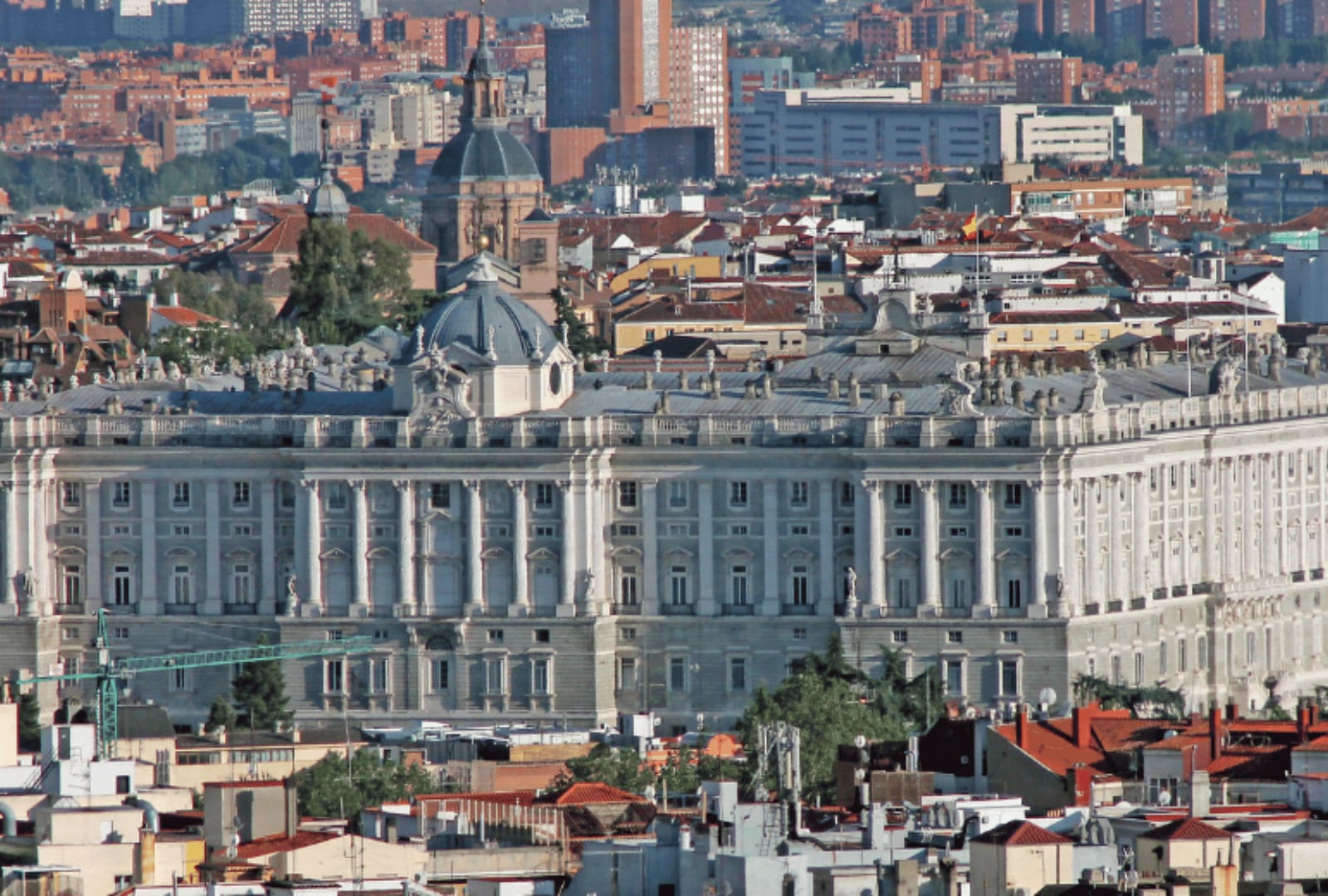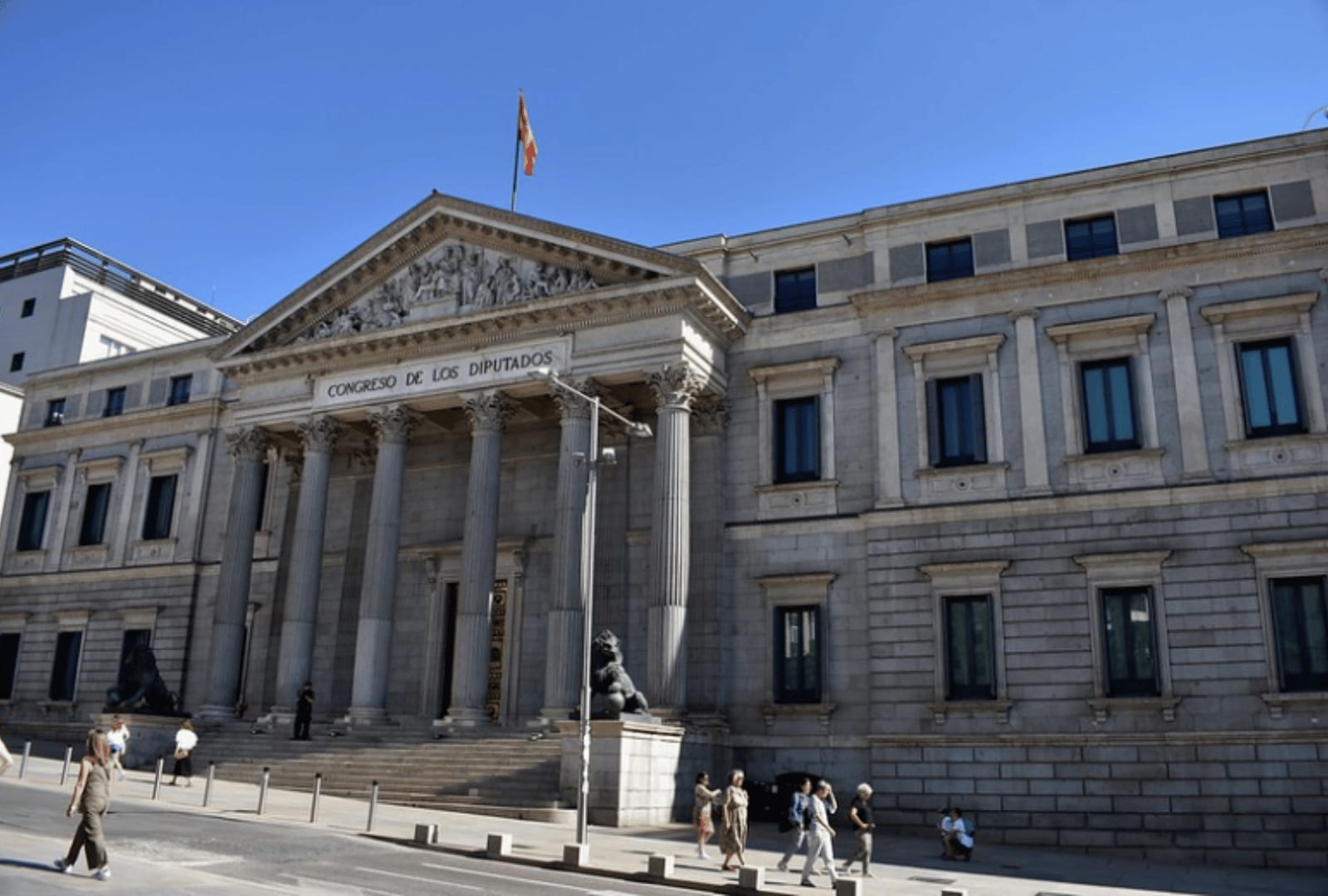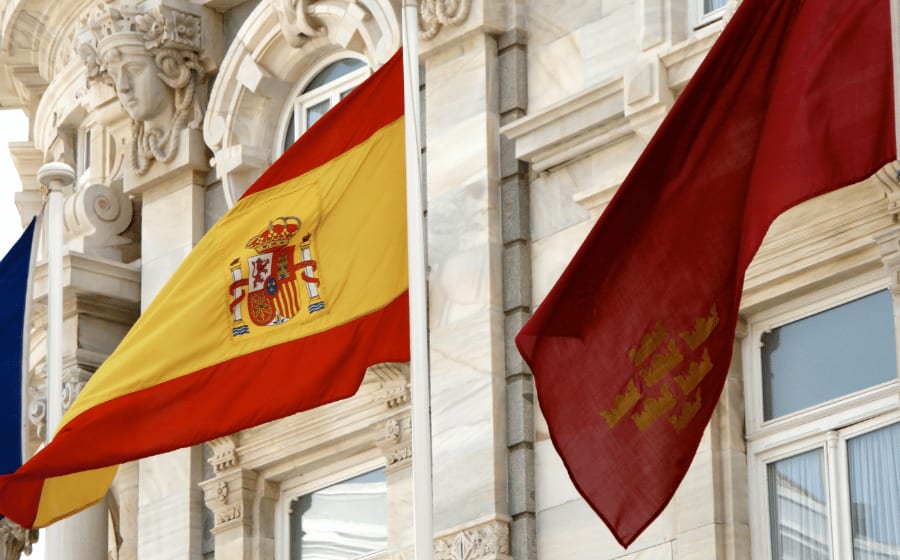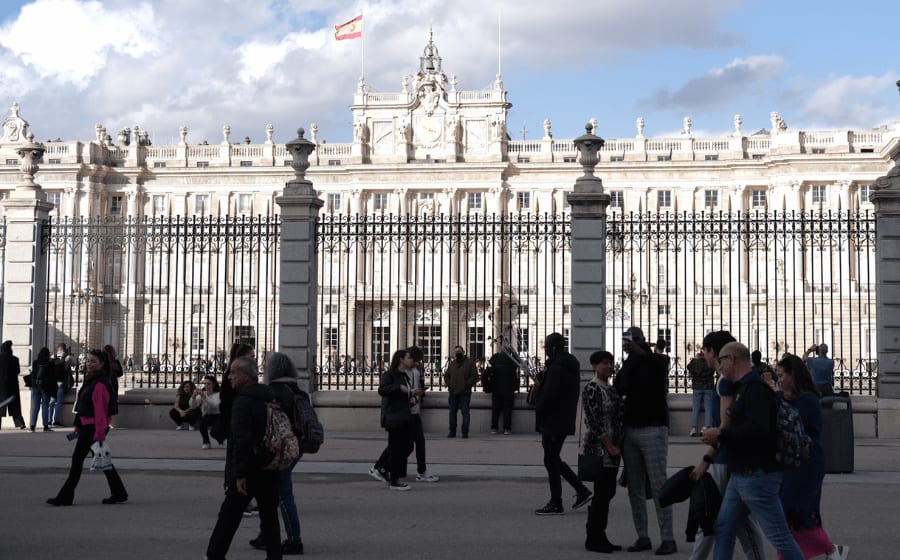How Does the Spanish Political System Work? Full Video Explanation!
January 30, 2023
Win a FREE Trip to Spain!
Exciting Announcement! For the first time, we're thrilled to offer exclusive trips to the heart of Spain - an experience like no other. This isn't your typical tourist journey; it's a unique opportunity to immerse yourself in authentic Spanish culture, alongside real locals and our passionate team.
But there's more! Simply by requesting information about this amazing trip, you'll be entered into a special draw to win a Fully Paid Trip to Spain for Two. And that's not all - everyone who inquires will receive an exclusive bonus gift, valued at $500, available only now.
Ready to Discover the Real Spain?Click Here ↑ to Request Information & Enter the Draw!
Is the Spanish political system sexist? Maybe, but for now, there is nothing to worry about!
Don’t get me wrong! There is a reason we shouldn’t worry about it yet, and if the time comes, the Spanish people won’t allow it to happen.
I know I am not saying much, but read until the end to see why the Spanish Piltical System is sexist and why I am not preoccupied (yet).
After reading this article, you will fully understand the Spanish political system to the extent that you will understand the news as a local.
If you prefer, you can also watch our webinar on the Spanish political system, which has more details on politics.

Table of Contents ▼ ▶
Who is Spain’s Head of State?

The head of state of the Spanish government is the king. As discussed in other articles, Spain is a constitutional monarchy, meaning the country still has a royal house or monarchy, but their power is minimal.
After the constitution of 1978 was approved, the king or queen’s power was reduced to a kind of referee position.
This means that if there is a disagreement between politicians, the monarch can and should contribute to the final decision.
Also, the king represents Spain internationally. For instance, let’s imagine that the president of the United States wants to avoid meeting with the Spanish president due to political differences. Then, the king or queen acts as a middle person that (neutrally) connects Spain to other countries.
To know more about the Spanish monarchy, their role and influence, check out the articles below!
Spain Monarchy 101: A Complete Journey of the Spanish Royal Crown
What does the Spanish Monarchy Do? Its Role and Influence in Spain Society
Does Spain have a queen? If so, how much power does she have?
Does Spain have separate branches of power?

Just like most countries in Western societies, Spain’s political system is divided into three branches: executive, legislative, and judiciary. Well, the Spanish, we add a little twist to the traditional division, but we will get into that in a bit.
Executive power
To give you a little context, in the United States and many other countries, people elect their president. But Spain is a little different because the executive power is related to the legislative.
So, to make the latter clear. In Spain, citizens chose representatives in the legislative branch, meaning the congress and senate, and the congress (just this body) chose the future president.
So, what are the parts of the executive branch? The Government, the Council of State, and the Economic and Social Council.
- The government is formed by the president, chosen by congrees every four years, and the ‘Consejo de ministros’ (cabinet), selected by the president every two years.
Unlike the United States, if the president dies or resigns, his whole government is dissolved rather than the vice-president assuming the position.
- Between the Council of Estate and the Economic and Social Council, the former is the most important. Quoting the official government website, the role of the Council of State is the following:
“Its main function is to rule on the consultations formulated by the Government, ensuring the observance of the Constitution and the rest of the legal system and the proper functioning of the Public Administration.”
Legislative power
The legislative branch in Spain represents citizens and controls the government’s power, composed of four separate bodies. This branch is divided into two chambers: Congress or Lower Chambers, and Senate or Upper Chamber.
The Lower Chamber is chosen by the citizens in a universal suffrage every four years. And this body is in charge of selecting the president, as well as making them resign if needed.
The Congress or Lower Chambers has 350 deputies, and the magic number to be a majority in a vote is 176.
Likewise, the Senate or Upper Chamber represents the territorial part of Spain and is composed of 265 senators. Fifty-seven of the senators are designated by the Autonomous communities, meaning each of Spain’s regions accordingly.
Between Congress and the Senate, the first Lower chamber is the most important because there is where the big political parties fight for seats. Spain has a multi-party political system, but five dominate the place. These are PSOE, Podemos, Vox, Partido Popular (PP), and Ciudadanos.
Those are the national parties, and in addition to those, there are regional parties, the strongest being the Catalan and Basque political parties.
The other two bodies of legislative power are the ‘Defensor del Pueblo’ or Ombudsman which protects the fundamental rights of citizens, and the ‘Tribunal Cuentas’ or Court of Auditors, which manages the economic and financial activity of the public sector.
Judiciary branch
The judiciary branch in Spain is divided into four plus one bodies, and their function is to keep a balance in the legal system.
“Justice emanates from people and is administered on behalf of the Monarch by judges and magistrates of the judiciary, who are independent, irremovable, accountable and subject only to the Constitution and the rule of law.”
First, let’s clarify the four plus one. The fifth body of the judiciary branch is the ‘Tribunal Constitucional’ or Constitutional Court. This body is composed of 12 members, are their role is to oversee matters of constitutional guarantee exclusively. Members of the Constitutional Court decide when something is or isn’t constitutional.
Every citizen has the right to take a case to the ‘Tribunal Constitucional if they feel that and can prove that a wrongdoing has been committed against them; this is called ‘recurso de amparo’.
Next, we have the ‘Tribunal Supremo’ or Supreme Court. Just like in the United States, the Supreme Court is the highest judicial instance, except for deciding if something is unconstitutional.
‘Consejo General del Poder Judicial’ is the government of the judges, it has 21 members, and they appoint every judge in Spain.
Then, we have the ‘Audiencia Nacional’ or National Assembly, which decides and investigates major crimes such as terrorism and corruption.
How do Spain’s states work?
Similar to the United States, Spain has 17 different regions called ‘Comunidades Autonómas’ or Autonomous Communities.
This section of the State division is called Territorial Organization, and it has four parts: the state, the autonomous communities, the provinces, and the municipalities.
Each Autonomous Community has its government and court; there are around 50 provinces that compose the autonomous communities, and the municipalities, which we have about 800.
For more details on Spain’s states, check the article below:
Does Spain has States? All 50 Regions and 17 Autonomous Communities
And that was the rundown of the Spanish political system! After reading the article, you should be able to watch Spanish politics and understand absolutely everything (or almost everything).
And to answer the question at the beginning of this article, is the Spanish political system sexist? In theory, the constitution says that the monarch’s son is the first heir to the crown. Ignoring if he is the third or fifth child, a son is the first option. That is a very sexist statement that Spaniards would immediately protest if it were to be applied.
But once again, I said I shouldn’t worry for the moment because king Felipe VI only has daughters, so we expect a future Queen of Spain!
Here’s a video explanation:

If you have any doubts, don’t hesitate to ask!
For more information:












